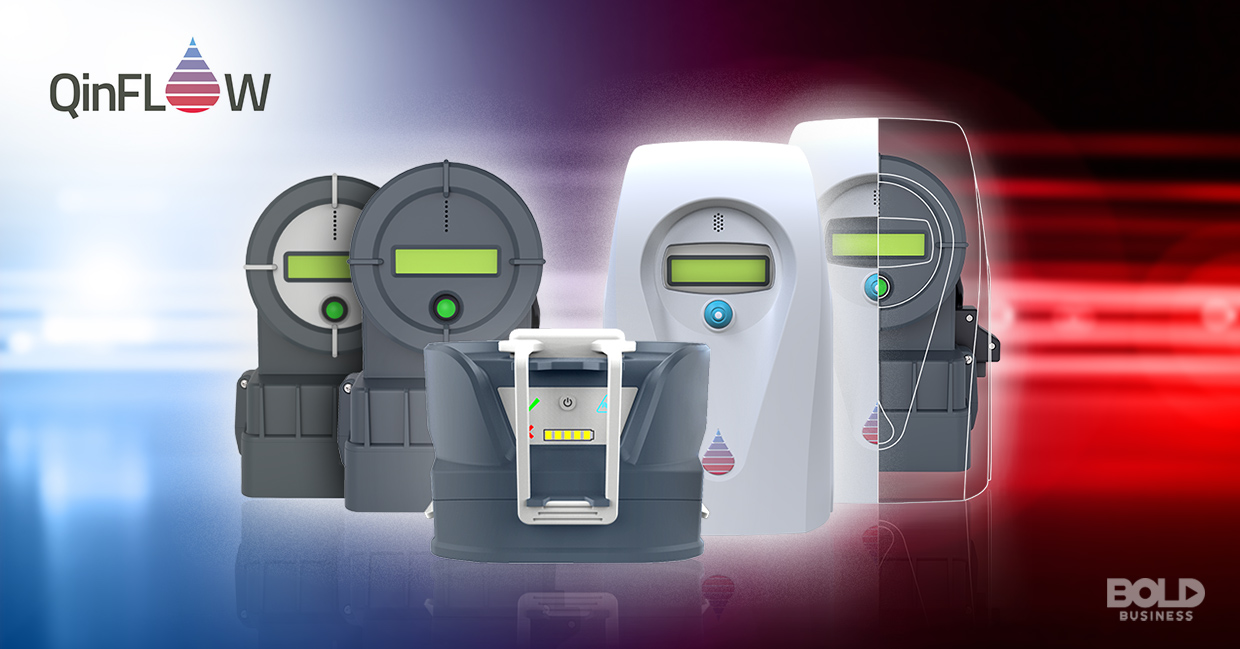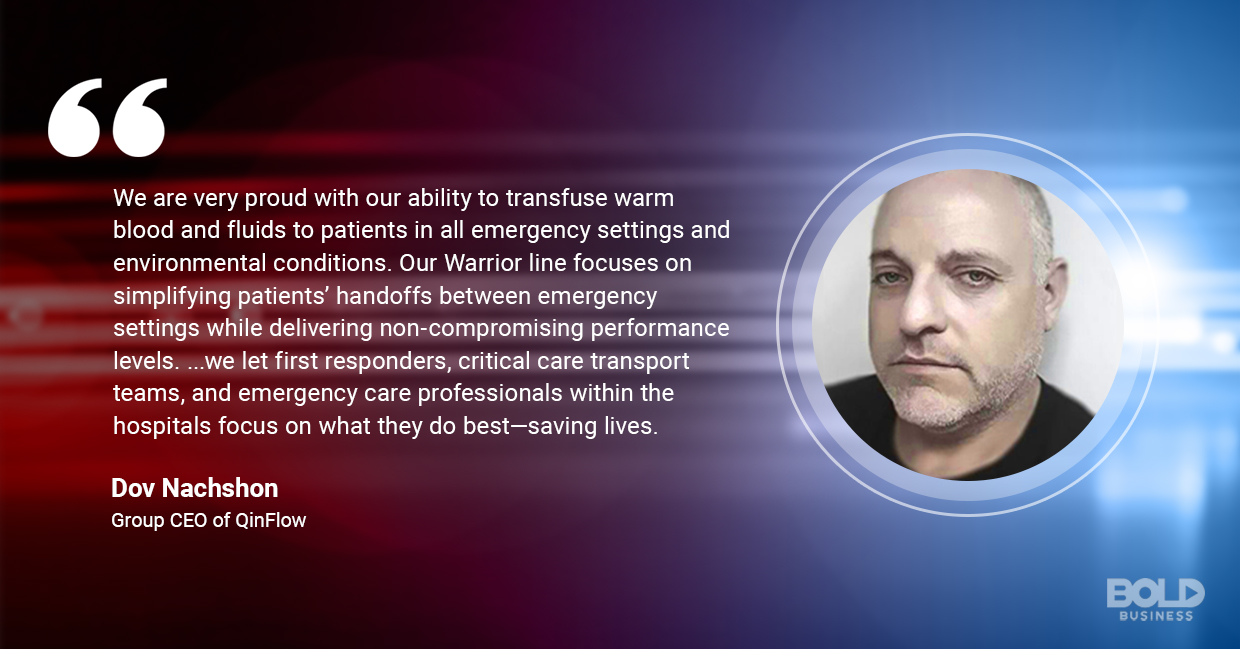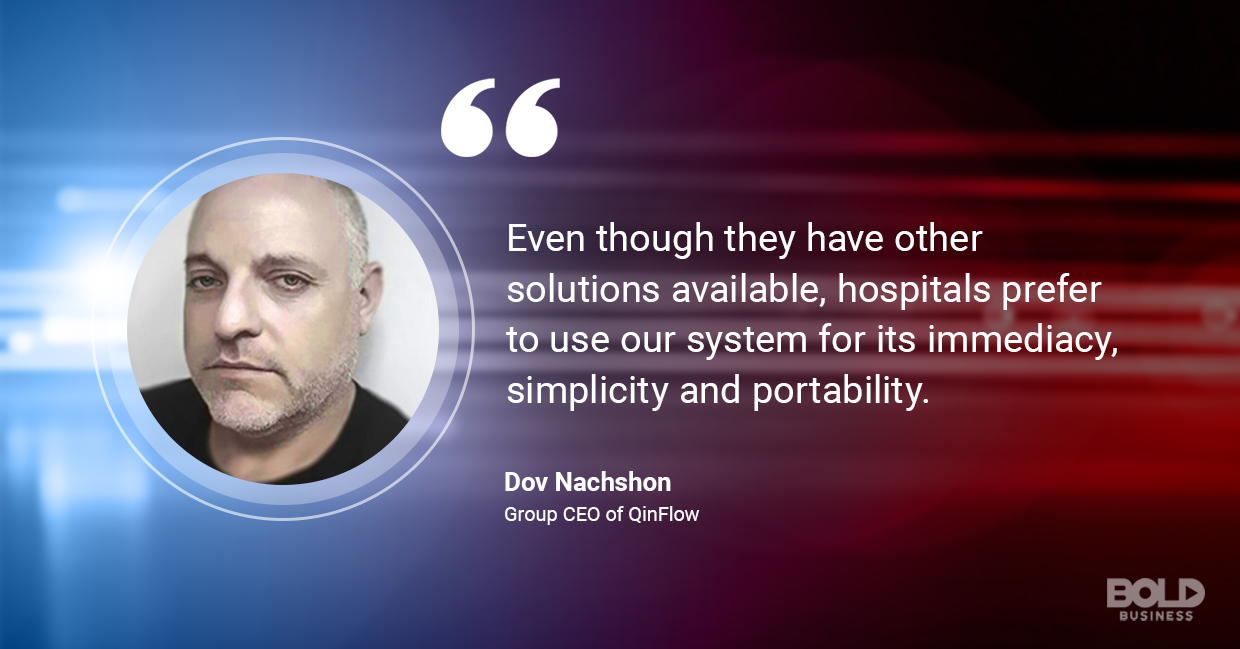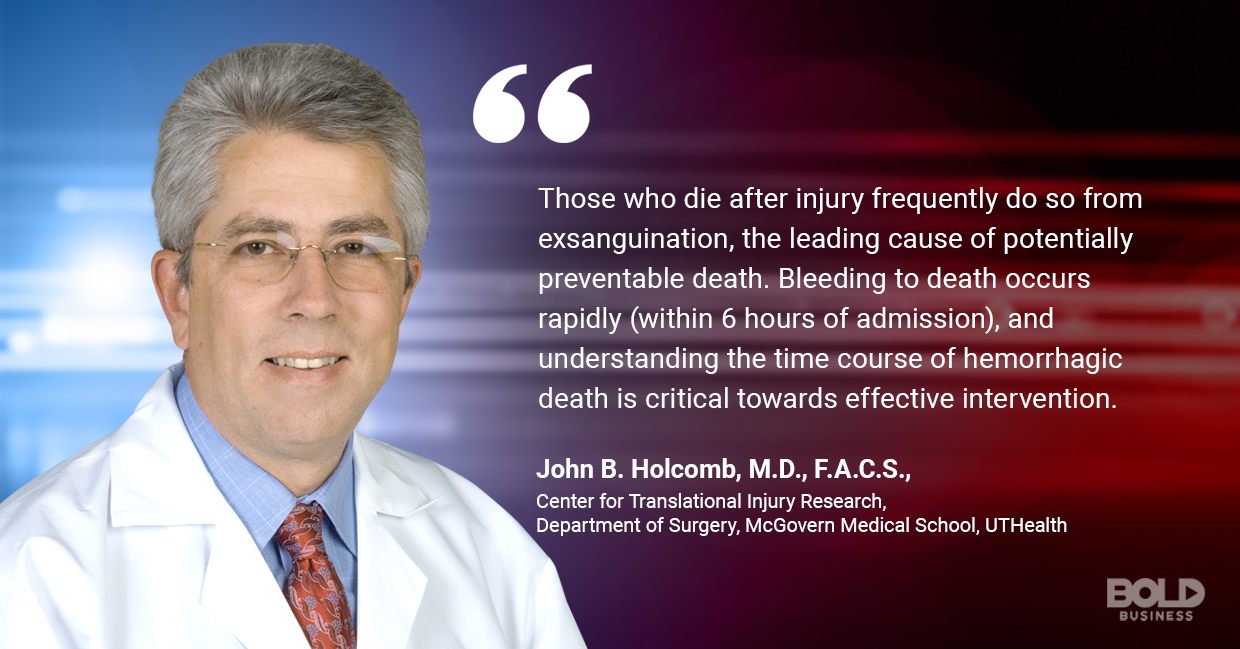Updates
BOLD Business: QinFlow Blood And Fluid Warming Systems: Saving Lives Through Efficient Thermal Management
Accidents and unintentional injuries are the third leading cause of mortality in the United States. The ratio of death happening immediately after the injury is even more alarming. Despite advances in medical and emergency management services, more than half of injury patients expire in the field or die shortly after reaching the hospital. In fact, blood loss leading to organ failure is one of the primary causes of morbidity among patients. Thus, immediate administration of blood transfusion therapy is crucial. From the point of injury until the patient receives hospital-grade care, blood and fluid warming systems—such as that offered by Quality In Flow Ltd.—play an essential role in injury and trauma management.

In cases that require immediate transfusion therapy, access to a blood warming device is essential.
Blood and Fluid Warming Systems and Thermal Management
In cases that require immediate transfusion therapy, access to a blood warming device is essential. This fact is due to the reality that blood needs to be stored at 4 degrees Celsius to maintain therapeutic efficacy and prevent bacterial growth. Similarly, most fluids, such as plasma and platelets, are stored below body temperature.
Hypothermia is a serious threat to trauma patients since it can induce the lethal “Triad of Death”, a vicious cycle involving hypothermia, acidosis, and coagulopathy, which can occur even in warm climates. It is imperative therefore to warm blood products to body temperature during resuscitation to trauma patients. The compact and portable design from QinFlow—short for “Quality in Flow”—allows easy integration of blood and fluid warming systems within the entire emergency care continuum. With QinFlow blood and fluid warming systems, warming blood or IV fluids will be the least of responders’ worries. Thus, they can focus on saving the patient’s life.

Dov Nachshon talks about QinFlow’s flagship product
A Closer Look at Emergency Care Management
The emergency care continuum can be viewed in three parts: emergency medical service at the point of injury; care and transport of the injured; and the emergency settings in the hospital (ED, Trauma, Surgery, and ICU). Smooth patient’s handover between each setting is critical to the overall quality of care.
Introduced in early 2014, QinFlow’s blood warming device and products aredesigned to focus on the patient’s resuscitation needs across the entire continuum of care. Using patented technology and certified according to top EMS regulatory standards, QinFlow’s blood and fluid warming systems facilitate treatment in all emergency settings and provide continuous care to the injured from the point of injury, during the evacuation, and in the various emergency settings in the hospital.
QinFlow’s flagship product, the Warrior Modular System, is comprised of four configurations—the Warrior lite, the Warrior & Warrior EXTREME, the Warrior Hybrid, and the Warrior AC.

Dov Nachshon points out the main reason why many in the health care industry prefer to use QinFlow’s solution
In Detail: QinFlow’s Blood Warming Device
- The Warrior lite is the ideal blood warming device for space- and weight-constrained first responders and critical care transports. Compact at 1.5 lbs., the blood warming device can warm up to 1.5 liters of blood and up to 2.5 liters of fluids with a single battery. It can also deliver over 150 ml of fluids per minute. Like all other Warrior configurations, the Warrior lite device is based on field-proven technology. This technology can warm fluid from 4 degrees Celsius to 38 degrees Celsius—i.e., 39 degrees Fahrenheit to 100 degrees Fahrenheit—in less than 11 seconds.
- The Warrior & Warrior EXTREME blood warming device works for mid- and long-haul critical care transports. Like the Warrior lite, this device can warm fluid from 4 degrees Celsius to 38 degrees Celsius in less than 11 seconds. The difference, though, is shown in the capacity. The Warrior & Warrior EXTREME blood and fluid warming systems can process 3–5 liters of fluids with a single battery. Moreover, the Warrior EXTREME is actually the ruggedized combat version of the standard Warrior device.
- The Warrior Hybrid is the best blood warming device for critical care transport and hospitals’ emergency departments. Features such as simplicity and ease of transition from AC to battery mode make this device the most adaptable.
- The Warrior AC is the last configuration in The Warrior Modular System. It is ideally used in operating rooms and intensive care units. With a fluid delivery rate ranging from KVO to 290 ml per minute (blood products) and to 500 ml per minute (IV fluids) and the capacity to warm blood from 4 degrees Celsius to 38 degrees Celsius in less than 11 seconds, this machine answers the need for massive transfusion during emergency cases.

Dr. John Holcomb shares a sobering fact about today’s leading cause of potentially preventable death.
Transfusing Blood at Body Temperature—Wherever and Whenever!
Blood loss accounts for 31 percent of deaths in injury victims. It is estimated that 25 percent of trauma mortality is preventable should blood be transfused to trauma patients at the point of injury. Losing up to 6 pints of blood severely impacts a victim’s chance of survival. Indeed, the lack of access to a blood warming device hampers immediate blood transfusion. In fact, air medical transports pioneered prehospital blood transfusion. There are probably hundreds of helicopters carrying blood in the USA today. Now, however, ground ambulances are starting to adopt this practice. Illustrative ground emergency services that lead the blood transfusion in the field are San Antonio Fire Department, Cypress Creek EMS, Harris County ESD #48, Northern Virginia EMS, among many others.
Truly, with the help of QinFlow’s devices, emergency care professionals can focus on treating trauma patients and saving lives. Their participation in the Florida-Israel Business Accelerator (FIBA) is helping to open new doors for the company. Ultimately, the speed and efficiency of emergency care are crucial when life is at stake.
